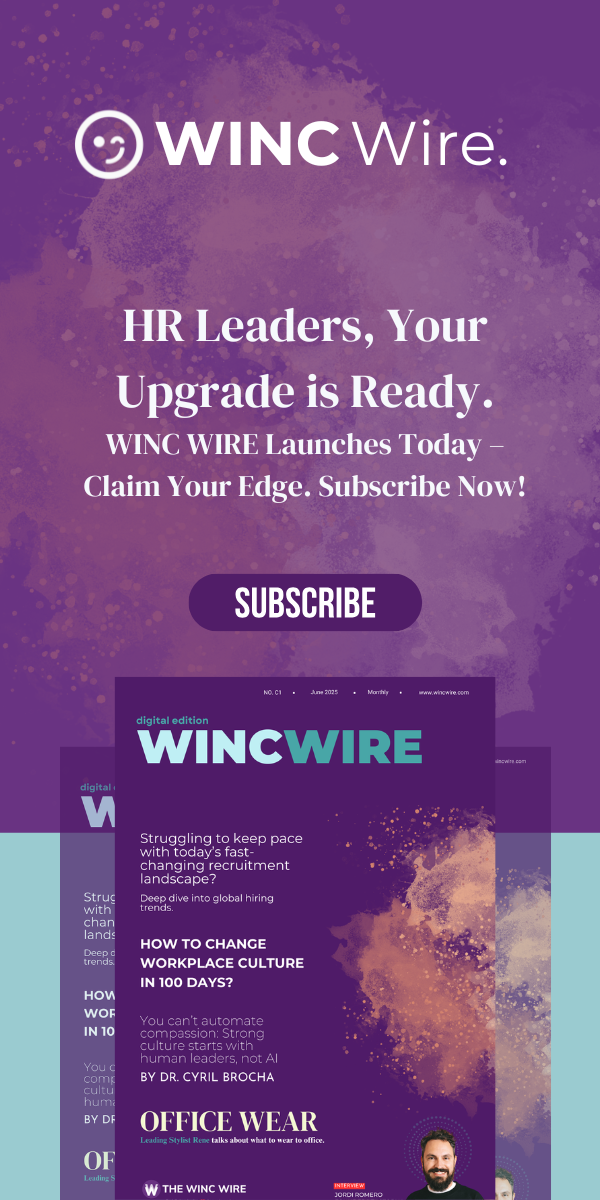When you think about what elevates a future-ready HR function, few tools rival the impact of a well-implemented HRIS. Far from being a mere software upgrade, it’s a transformative shift like replacing a paper map with a live, GPS-powered dashboard. In my years navigating both global automotive HR systems and high-touch hospitality environments, one thing has remained constant: precision matters, but people matter more.
Reimagining HR Through the Right HRIS Features
Think of a modern HRIS as your operational Swiss Army knife multi-functional, agile, and purpose-built. But what makes it genuinely strategic? Let’s explore the core features:
- Employee Data Management: A centralised, structured archive that eliminates chaos and sharpens accuracy. You’re no longer chasing down spreadsheets; you’re accessing truth in real time.
- Benefits Administration: Automated, intelligent tools that make enrolments seamless and communications consistent—cutting through red tape to humanise employee experience.
- Payroll Processing: Precision-engineered processes that ensure staff are paid accurately, on time, every time. In any industry, that’s the bedrock of trust.
- Time and Attendance Tracking: Digital systems that ensure transparency and fair working practices. No more manual logs just clarity and compliance.
- Reporting & Analytics: From workforce composition to attrition forecasting, it gives HR a strategic edge. Think of it as headlights for navigating change.
- Employee Self-Service: Empowerment at scale employees managing their own data, leave, and requests. It nurtures autonomy, which in turn builds trust.
These aren’t just tech features—they’re culture-shaping tools. When used effectively, they free HR teams to focus on strategy and people, not paperwork.
Selecting the Right HRIS for Your Organisation
The market offers a sprawling tapestry of platforms, but fit-for-purpose is the name of the game. Based on organisational size and complexity:
- Large Enterprises: Consider platforms like SAP SuccessFactors, Workday, Oracle, Ceridian Dayforce, or UKG. They scale well and offer deep integration.
- SMEs and Growing Teams: Tools like BambooHR, Factorial, Zoho People, TalentHR, or Personio provide agility with just the right depth.
The key? Don’t just shop features map the system against your workflows, user readiness, and reporting demands.
A Phased Approach to HRIS Implementation
Implementing HRIS isn’t just an IT project it’s an organisational transformation. Here’s a proven five-phase model:
- Discovery and Selection: Engage stakeholders early. Understand pain points and define the non-negotiables. It’s the blueprint stage.
- Strategic Planning: Establish a dedicated team, map workflows, and align with business timelines. Structure sets the tempo.
- System Configuration & Testing: Tailor the platform, then stress-test it. Iterate, refine, perfect—this is where operational precision is forged.
- Training & Change Communication: Equip your people. Clear guidance removes friction, and early wins drive adoption.
- Go-Live and Sustainment: Launch confidently, gather feedback, and evolve continuously. Implementation doesn’t end on deployment day.
Best Practices: Turning System Into Strategy
To embed your HRIS into the cultural fabric of your organisation:
- Tailor Thoughtfully: Mirror real workflows don’t just mimic off-the-shelf logic.
- Commit to Ongoing Training: Technology evolves, and so should user capability.
- Audit and Clean Regularly: Quality data underpins quality decisions.
- Embed Security by Design: Prioritise privacy and governance from day one.
Done right, HRIS becomes less of a system and more of a strategic ally.
The Often-Overlooked Advantage: HRIS Analysts
Behind every high-performing HRIS is an analyst quietly ensuring the engine runs smoothly. These professionals:
- Solve system challenges before they escalate.
- Translate data into strategic workforce insights.
- Train teams and troubleshoot with calm precision.
Think of them as the navigators ensuring the HRIS delivers more than just functionality—it delivers foresight.
A Final Word
HRIS implementation isn’t just a milestone it’s a mindset. By selecting the right system, tailoring it to your people, and nurturing adoption, you’re investing in sustainable excellence. Don’t underestimate the power of support roles, like your HRIS analyst, and the ripple effect of well-managed change.
In a world where agility defines advantage, a robust HRIS is more than software it’s your organisation’s digital backbone. Let’s build it with intent, care, and a people-first mindset.



